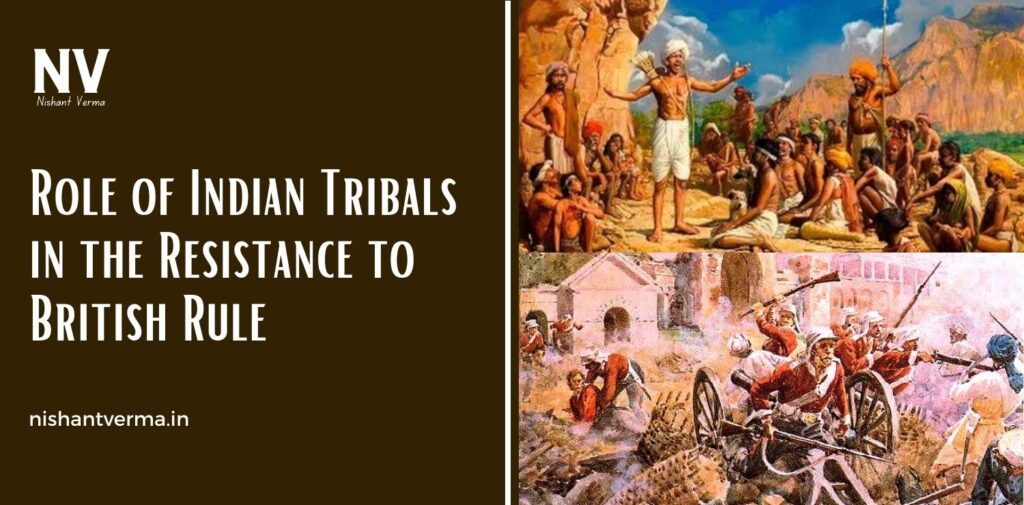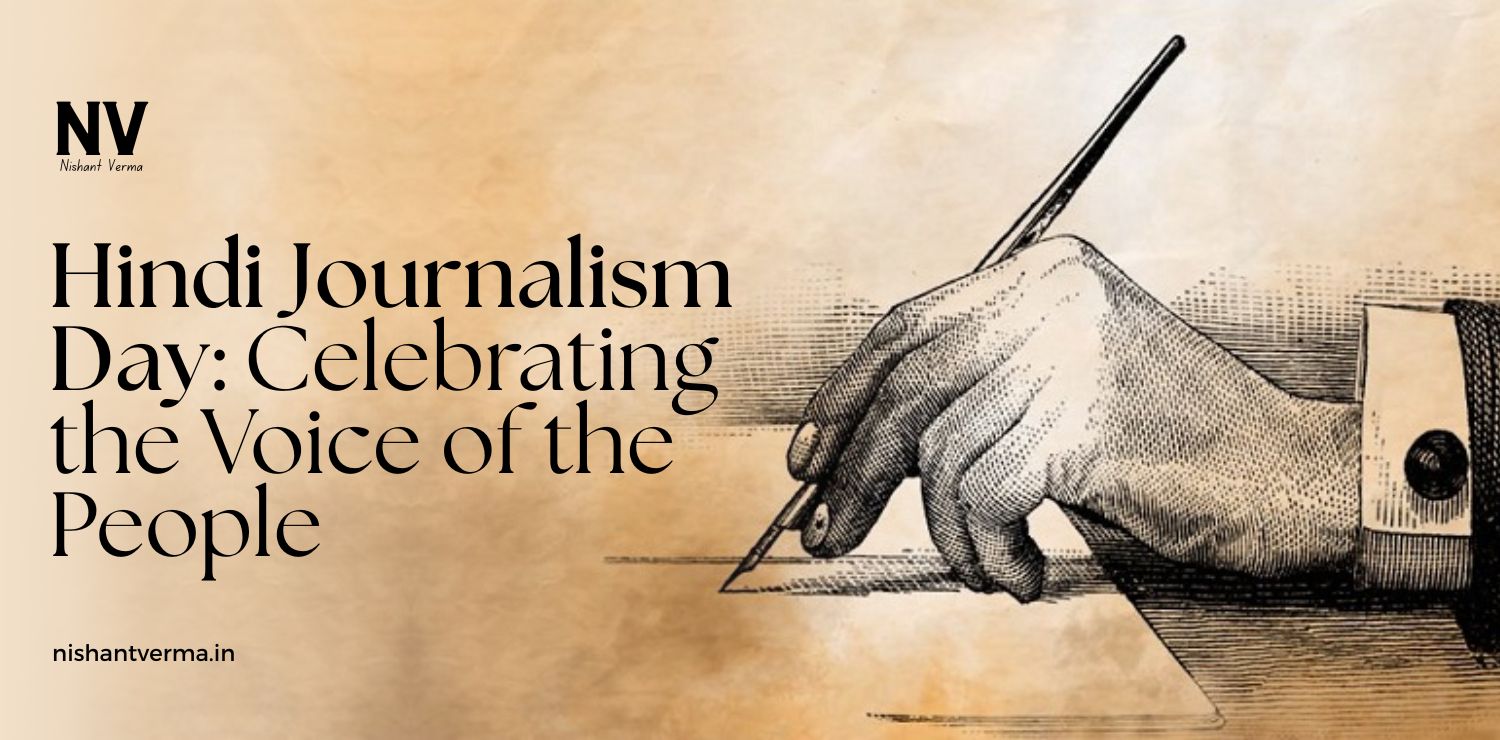India’s fight for freedom from British colonial rule is a story of struggles, sacrifices, and resistance from various groups of people, ranging from intellectuals and farmers to kings and soldiers. However, one group that often doesn’t receive enough attention for their significant role in this fight is the tribals. The tribals, also known as Adivasis, lived in the forests and remote areas of India, maintaining their unique cultures and way of life. Yet, despite their relatively secluded existence, these communities became crucial in the resistance to British rule, fighting back against exploitation, land encroachments, and British policies that threatened their livelihoods.
1. The Tribal Communities and Their Lifestyle
Before diving into their resistance, it is essential to understand the lifestyle and social structure of tribal communities in India. Tribals lived in the dense forests of the country, which provided them with everything they needed—wood, water, food, and natural resources. They depended on agriculture, hunting, and gathering, and were skilled in sustainable practices that helped them live in harmony with nature.
The tribal societies were distinct in their social organization. They had a strong sense of community, with decisions often made collectively in tribal councils. The tribals had their own customs, languages, and traditions, which helped preserve their cultural identity.
However, with the arrival of the British, this lifestyle began to face numerous threats. British rule brought about new land revenue systems, the introduction of new laws, and policies that directly affected the tribal ways of life. The British started to encroach on tribal lands for mining, forestry, and other purposes, leading to widespread resentment among the tribals.
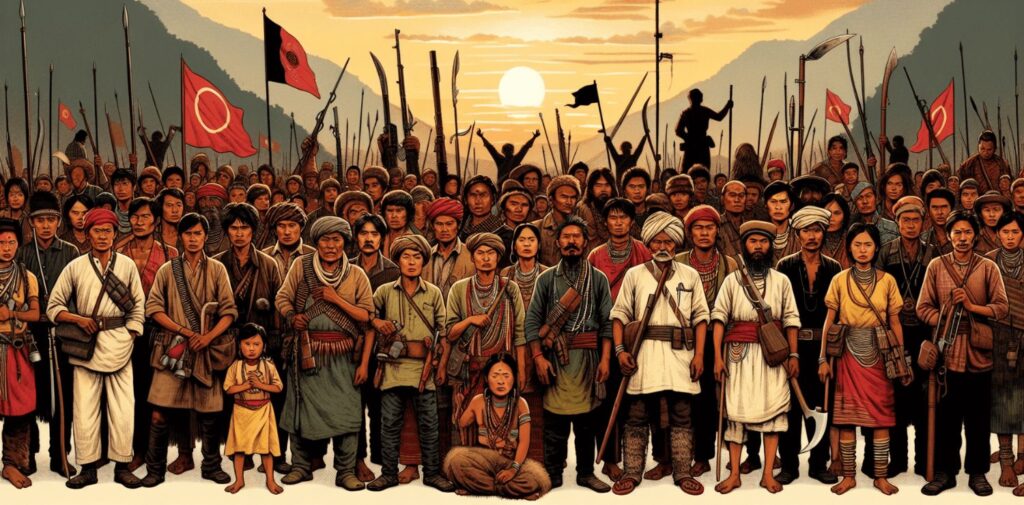
2. Early Tribal Uprisings Against British Rule
The first major act of resistance by the tribals came in the form of uprisings in various parts of India. These uprisings were often sparked by the British’s unfair policies, which deprived the tribals of their land and livelihood. Some of the earliest uprisings were localized, but they had a huge impact on the British, showing them that even the tribals, who were considered to be ‘primitive’ by the colonial rulers, were capable of organized and forceful resistance.
The Santhal Rebellion (1855-1856)
One of the most significant tribal revolts in the 19th century was the Santhal Rebellion of 1855-1856. The Santhals, an indigenous group living in the region of present-day Bihar, Jharkhand, and West Bengal, were facing oppression from the British and local landlords. They were forced to pay high taxes and were subjected to exploitation by moneylenders. The rebellion was led by the brothers Sidhu and Kanhu, who mobilized the tribals to fight back. Though the rebellion was eventually crushed by the British, it demonstrated the deep resentment the tribals held toward British rule.
The Munda Rebellion (1899-1900)
The Munda Rebellion, led by Birsa Munda, is another example of the tribals’ resistance to British colonial rule. Birsa Munda was a tribal leader who rose to prominence in the late 19th century in the present-day Jharkhand region. His aim was to rid his people of the oppressive control of the British and the feudal landlords who exploited the tribals. The Munda tribal people fought for their rights to land, freedom, and dignity, and Birsa Munda’s call for a ‘Munda Raj’ gave them hope for a better future. Though Birsa Munda died in British custody, his rebellion became a symbol of tribal resistance, and he is remembered as a hero in Indian history.
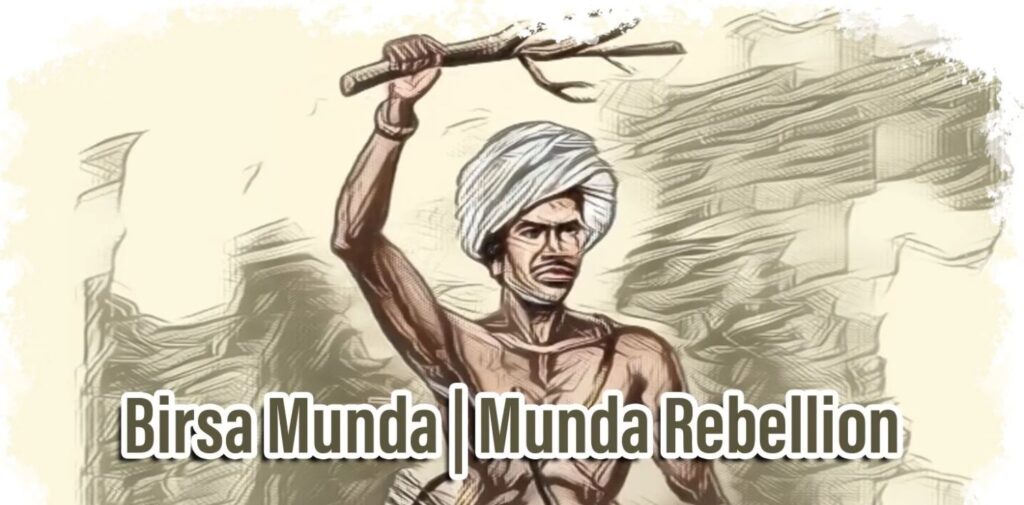
3. The Forest Rebellions
A significant part of the tribals’ resistance was related to the British’s imposition of new forestry laws. The British sought to control and exploit India’s vast forests for their own economic benefit, which led to widespread destruction of tribal livelihoods. The tribals were not only dependent on the forest for sustenance but also had spiritual connections to the land. The introduction of these forest laws restricted the tribals’ rights to gather forest produce, hunt, or even practice their traditional agricultural methods.
Many tribal leaders opposed the forest laws by organizing revolts. One such movement was the Kolarian Rebellion (1831-32), led by the Kol tribe in the present-day areas of Bihar and Jharkhand. The Kol tribe protested against the British government’s monopoly on forest resources and the exploitation of their land. Though the rebellion was suppressed, it illustrated the deep resistance of the tribal people to the British exploitation of their natural resources.
4. Tribal Leaders: Heroes of the Resistance
Several tribal leaders emerged as central figures in the fight against British rule. These leaders not only fought for the rights of their people but also played a crucial role in organizing the tribals into resistance movements.
Rani Durgavati (1564-1569)
Before British rule, Rani Durgavati, the queen of Gondwana (in present-day Madhya Pradesh), had fought bravely against the Mughal invasion. Her leadership and courage were inspirational to future tribal uprisings.
Tilka Manjhi (1784-1785)
Another tribal hero was Tilka Manjhi, a leader of the Munda tribe who fought against the British East India Company. He led a rebellion in Bihar in 1784, where he famously challenged the British forces. Although he was eventually captured and executed, his efforts played an essential role in sparking a sense of resistance among the tribals.
Alluri Sitarama Raju (1922-1924)
Alluri Sitarama Raju was another iconic leader from Andhra Pradesh, known for his leadership during the Rampa Rebellion of 1922-1924. He fought against the British and their oppressive policies, particularly the forced recruitment of tribals into the army and heavy taxation. Raju is still remembered as a hero for his fierce resistance, and his struggle inspired many other tribal groups.
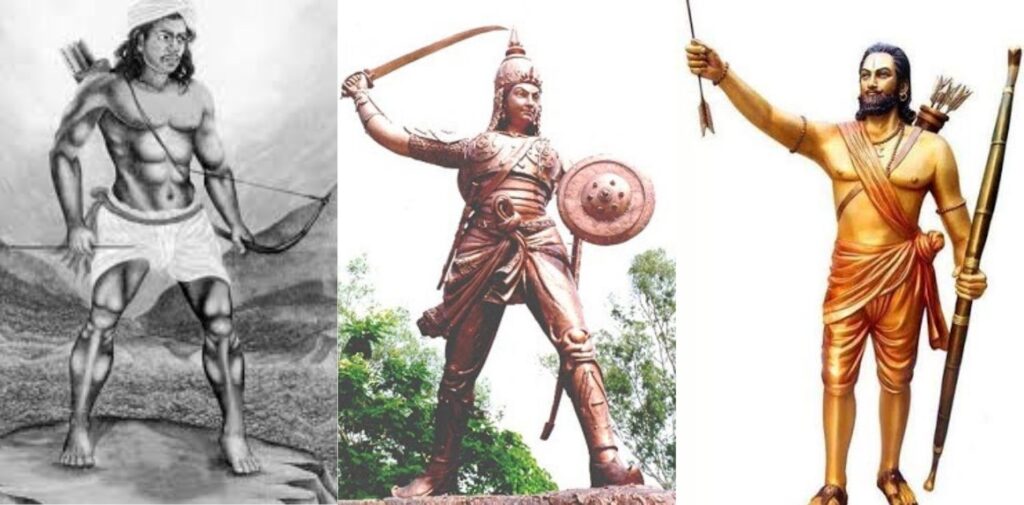
5. Tribal Resistance during the Quit India Movement
Though the Quit India Movement (1942) was primarily led by leaders like Mahatma Gandhi and Jawaharlal Nehru, many tribal communities also participated in this movement, pushing for the end of British rule. The tribals, particularly those in remote areas, were greatly affected by British exploitation, and they joined the larger independence struggle to reclaim their freedom.
The participation of tribal communities was particularly significant in regions like Chhattisgarh, Jharkhand, and Madhya Pradesh, where tribal rebellions had been fought for decades. The tribals saw the Quit India Movement as an opportunity to reclaim their land, their rights, and their dignity.
6. Legacy of Tribal Resistance
The tribal resistance to British rule is an integral part of India’s fight for independence. The stories of tribal leaders and their struggles against the British continue to inspire many even today. Despite facing significant challenges, such as lack of resources, isolation, and the overwhelming power of the British military, the tribals fought with unmatched bravery to preserve their land and culture.
Their resistance also highlighted the deeper issues of exploitation, as the British colonial rule affected not just the tribals but also the land, resources, and ecosystems that many other communities relied on. The tribal uprisings revealed how imperialist policies negatively impacted all facets of Indian life, sparking a sense of unity among various sections of society, ultimately contributing to the broader Indian independence movement.
Conclusion: Role of Indian Tribals
The role of Indian tribals in the resistance to British rule should not be underestimated. They may not have been the most visible group in the historical narratives of the freedom struggle, but their contributions were crucial in shaping India’s path to independence. The tribals, through their uprisings, led movements that challenged British authority and left a lasting legacy of bravery, resilience, and determination. Their resistance is a reminder of how every community, no matter how small or marginalized, can play a significant role in shaping the destiny of a nation.

